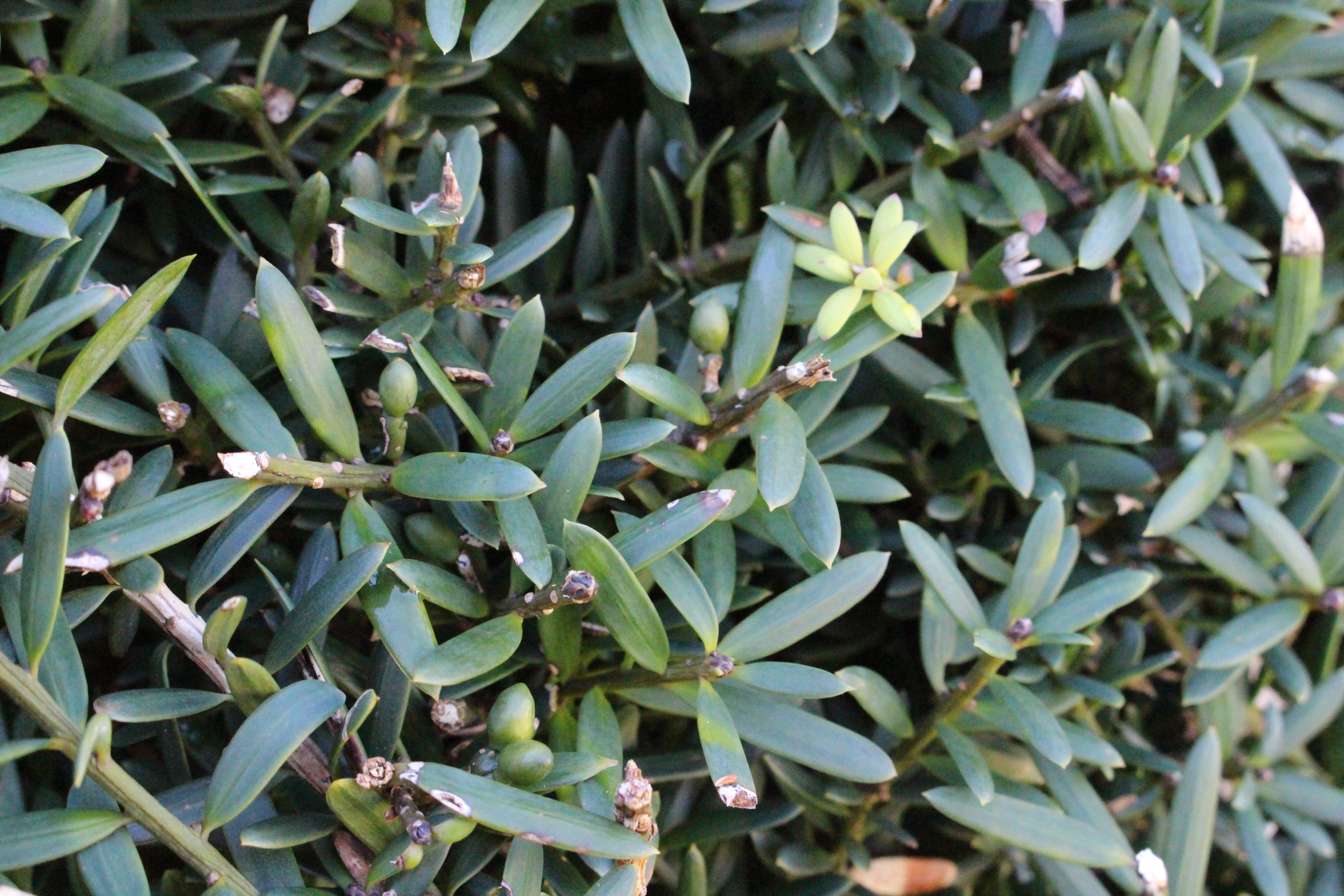Always choose healthy well grown plants and plant after autumn rains when the soil is moist and warm allows trees to become established before winter. This enables them to withstand dry periods during the following summer. Planting success is often improved on clay soils by adding extra topsoil, coarse sand, bark, peat, compost or other organic material and by forming raised beds. Before planting ensure the root ball is saturated and remove the planter bag or pot with minimal root disturbance. Trim any broken roots and plant at the same level as in the container. Dig a hole twice the diameter of the root ball and firm in and water once planted. Make sure plants are watered well until established if planting in a drier period. Plant with some general slow release fertiliser and then every spring apply an organic based fertiliser such as blood and bone at a handful per square metre as new growth begins.
For a hedge plant small grade plants as they establish much quicker than larger ones. Plant hedging plants approximately 60cm apart and stake if necessary. They can also be pruned to shape from an early stage and planting a double staggered row of hedging plants will result in a denser screen. Another tip is to plant at an angle to induce more lateral growth which will also have a similar effect.
If staking is required, use wide ties that hold securely without chafing. Tie firmly but allow room for the trunk to increase in girth without constriction. This allows the plant to move a little in the wind encouraging the development of a strong root system without the risk of chafing or root damage.




.jpg?width=1200&height=1200&v=1d4024dceb89e50)

.jpg?width=1200&height=1200&v=1d5569224d63650)
 .jpg?width=1200&height=1200&v=1d4024df6ce2770)
.jpg?width=1200&height=1200&v=1d55676a892f2b0)
 .jpg?width=1200&height=1200&v=1d4024e3b65f7f0)